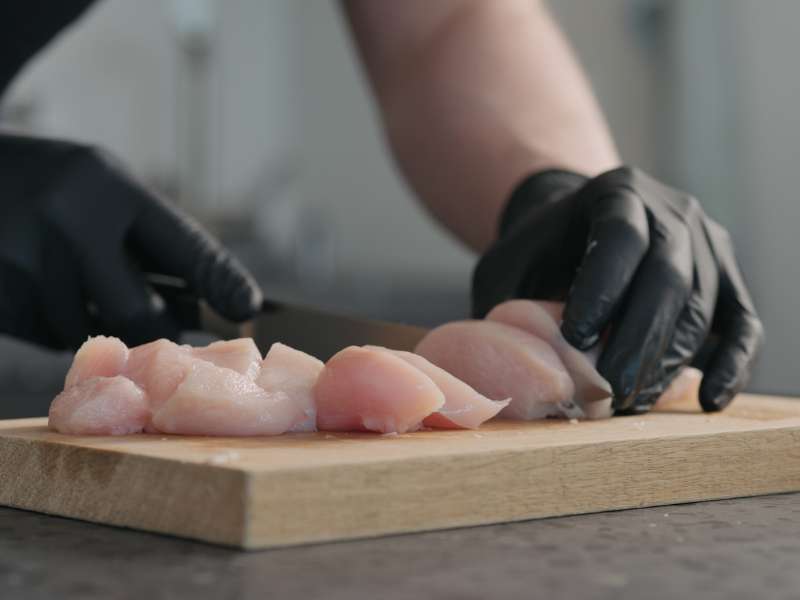Operators can’t increase profits without keeping an eye on labor cost. Here are some easy ways to keep this critical cost under control.
Your team is responsible for producing memorable meals and dining experiences for guests. However, operators must be cognizant of labor cost — if not controlled and monitored, it can have a negative impact on your profits.
What does Labor Cost consist of?
- Hourly Wages
- Salaries
- Payroll Taxes
- Health Care Cost for Staff
- Vacation Days and Sick Days
- Bonuses
- Overtime Pay
To calculate your overall labor cost, add up the annual, quarterly, weekly or bi- monthly costs of the items listed.
For Example:
- Monthly Hourly and Salary Costs = $ 30,000.00
- Overtime Pay = $5000.00
- Payroll Tax = $7000.00
- Health Care Costs = $8000.00
Total labor cost = $ 50,000.00
Now that you know your total labor cost, convert that into a labor cost percentage for your operation.
Total Labor Cost / Total Sale x 100 = Labor Cost %
Pull together the total labor cost for a particular time frame, and for the same time frame calculate your total sales.
Labor Cost ($50,000.00) / Total Sales ($150,000.00) = .33 x 100 = 33% labor cost for that period.
Here is a base idea of what is considered a good labor cost for your operation.
- Family Casual – 30%
- Fast Casual – 29%
- Upscale Bistro – 31%
- Fine Dining 35-40%
- Quick Service – 29%
- Pizza – 32%
30% labor cost is generally what to shoot for as an operator. There are a few focus points in terms of daily operations to help with this cost.
A great training process:
- A well-trained employee is more efficient.
- Cross train staff to be able to execute different positions and responsibilities.
Slow staff turnover:
- Having to start from zero on a regular basis with staff is very costly and drives up costs.
- Set up incentive or reward programs to help keep them motivated.
- Establish a workplace that provides growth opportunities to help keep staff on the team.
- Have regular staff meetings and listen.
- Set up checklists so staff members understand expectations.
- Take time for one-on-one reviews with the team.
Always be willing to change processes:
- Listen to feedback from staff and customers and pinpoint opportunities to become more efficient and create a better work environment.
- Simple things like having staff members clock in and out on your POS system can help track hours.
The scheduling process:
- Base your schedule, when possible, on historical data. You know what days of the week and times of the day are busy. Use this information to prevent over-staffing. If you take reservations, this information is a great guiding tool.
- Use digital or mobile scheduling tools. This allows for quick change, and information that can easily be sent to staff.
- Set standards to allow staff to swap a shift or pick up a shift. Your staff is the heart and soul of your operation. Keeping an eye on the overall labor cost helps secure their employment by allowing you to control your costs and profits.



